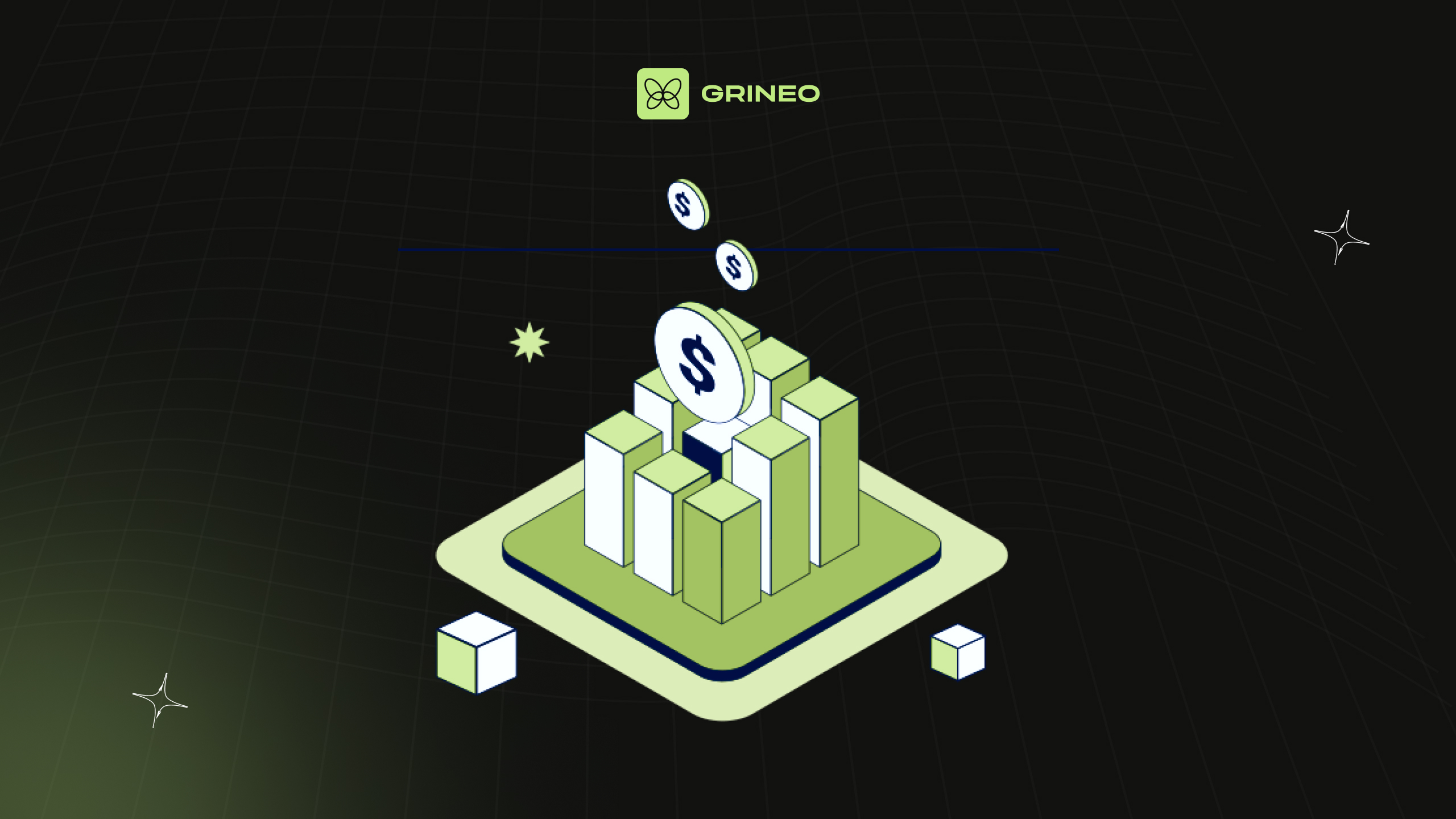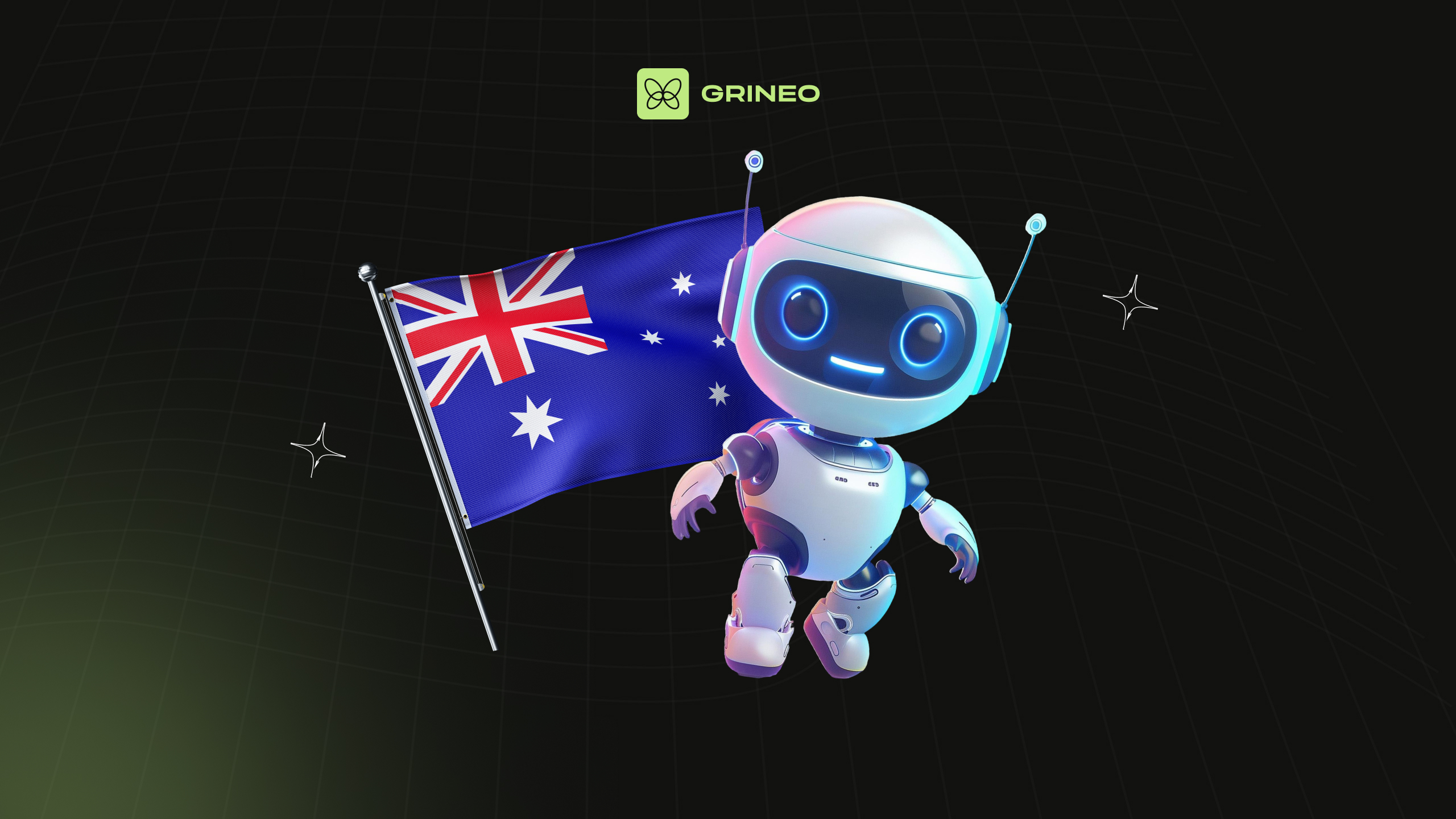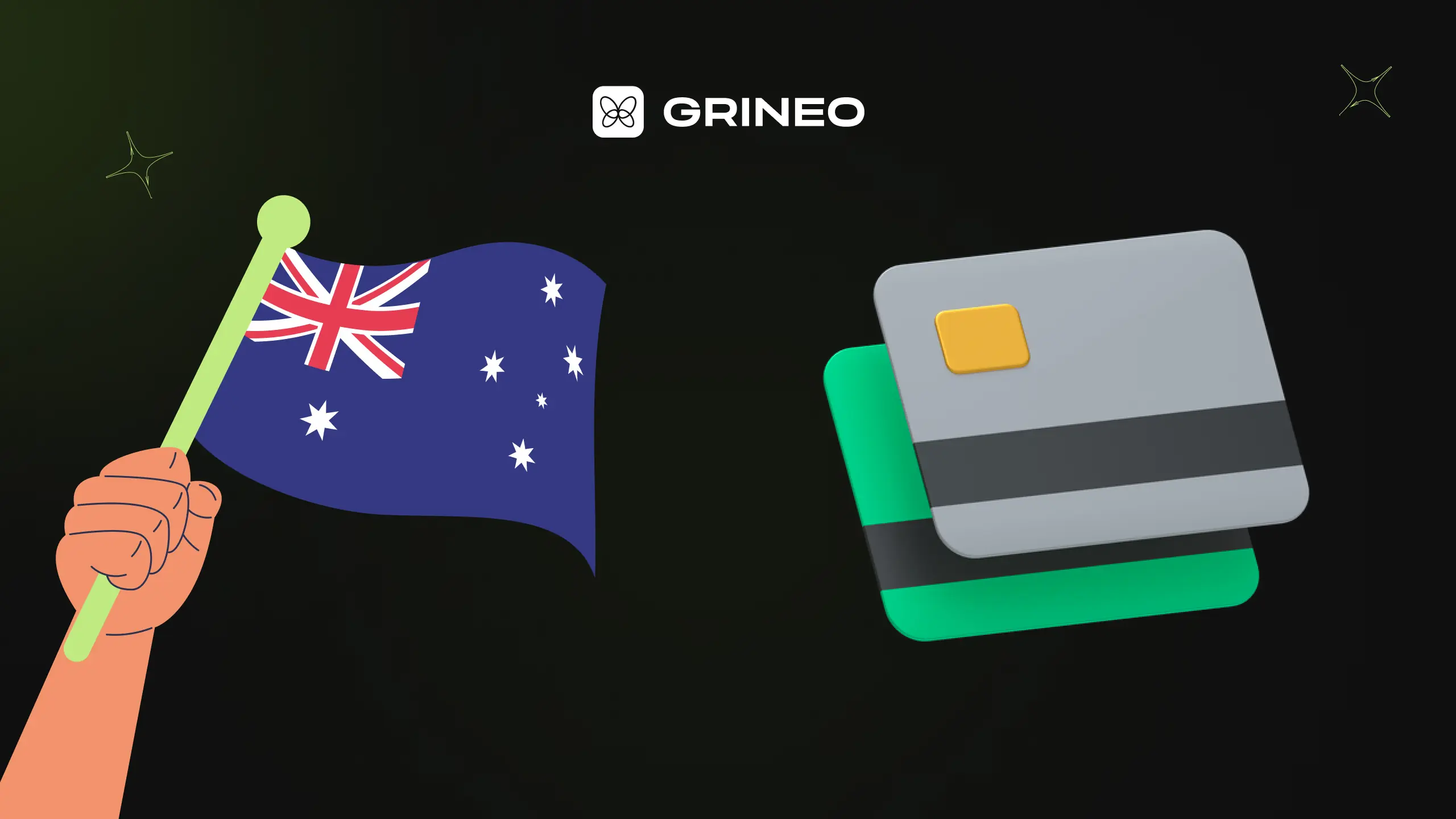Crypto Mining Australia: The Ultimate Guide
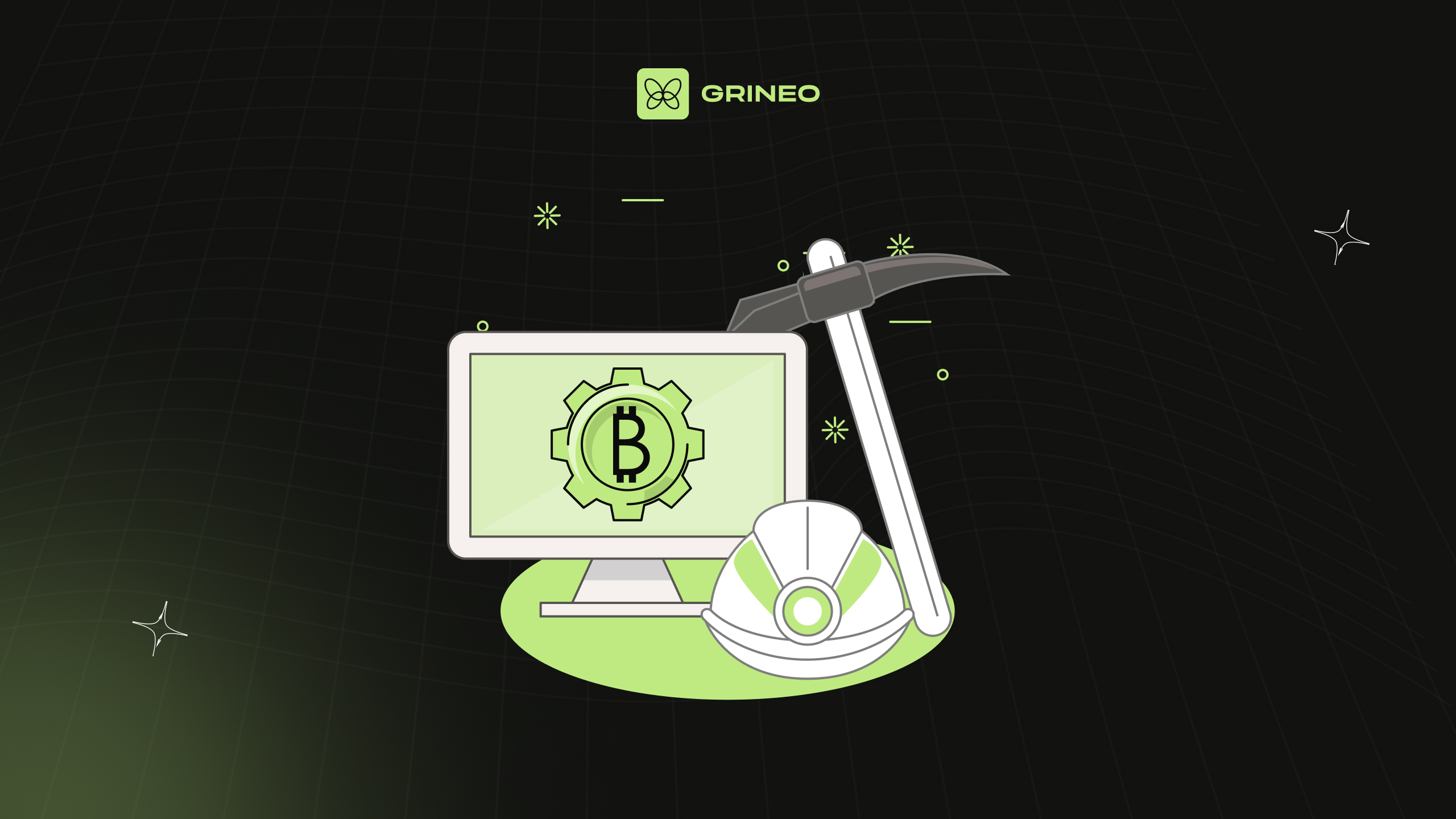
Cryptocurrency mining has become an increasingly popular activity in Australia, driven by the potential for high returns and the country’s relatively low electricity costs in certain regions. This guide aims to provide a comprehensive overview of crypto mining in Australia, covering everything from the basics of mining to advanced strategies for optimizing profitability.
Contents
- Understanding Cryptocurrency Mining in Australia in 2024
- Is Crypto Mining Profitable in Australia?
- Choosing Mining Hardware and Software for Crypto Mining Australia
- Technical Aspects of Cryptocurrency Mining: How Crypto Mining Works
- Cashing Out Crypto Mining Profits
Understanding Cryptocurrency Mining in Australia in 2024
Cryptocurrency mining is the process of validating transactions and adding them to the blockchain, a public ledger, by solving complex mathematical problems. Miners use powerful computers to solve these problems, which require significant computational power and energy. In return for their efforts, miners are rewarded with newly created cryptocurrency coins, such as Bitcoin.
The profitability of cryptocurrency mining is heavily influenced by market conditions. In the first half of 2024, the cryptocurrency market experienced a rebound, with significant price gains in major assets like Bitcoin and Ethereum. This bullish market trend has led to increased incentives for miners, making mining a potentially profitable endeavor. For example, during the first half of 2024, the price of Bitcoin saw substantial gains, boosting the profitability of mining operations.
Regulatory Information for Australia Crypto Mining
Australia has developed a balanced regulatory approach to cryptocurrency mining, recognizing the economic benefits while ensuring compliance. The Australian Financial Services Licensing (AFSL) regime introduced a specific licensing category for crypto assets, which includes provisions for investor protection and operational transparency.
Mining Alone or With Mining Pools
Mining pools are groups of miners who combine their computational resources to increase the likelihood of solving a block and earning rewards. By pooling resources, miners can receive more consistent payouts compared to solo mining. In Australia, miners can join various international mining pools or local ones tailored to the Australian market. Some popular mining pools include Slush Pool, F2Pool, and AntPool.
Is Crypto Mining Profitable in Australia?
Before diving into crypto mining, it’s crucial to assess the viability and costs associated with the activity. The two primary expenses are the cost of mining hardware and electricity. First, we’ll look at an example of the estimated profitability of mining Bitcoin in Australia. After that, we’ll take a look at the projected profitability of mining Ethereum as part of a mining pool where users combined resources and share profits.
Example 1: Mining Bitcoin Alone
Let’s consider a miner using a high-end ASIC unit, such as the Bitmain Antminer S19 Pro, which costs approximately AUD 8,000. This unit has a power consumption of 3,250 watts and can generate around 110 terahashes per second (TH/s).
Electricity Costs:
Assuming an average electricity cost of AUD 0.25 per kWh, the daily electricity expense would be: 3.25 kW × 24 hours × 0.25 AUD/kWh = 19.50 AUD/day
Daily Bitcoin Earnings:
With the current Bitcoin price at AUD 40,000 and a mining reward of 6.25 BTC per block, the estimated daily earnings can be calculated using a mining profitability calculator. Assuming a network difficulty of 25 trillion and a block reward frequency of one block every 10 minutes, the earnings can be approximated to be around AUD 25 per day.
Thus, the estimated daily profit would be: 25 AUD earnings – 19.50 AUD electricity costs = 5.50 AUD/day
Annual Profitability:
Over a year, the Australian crypto miner would earn approximately: 5.50 AUD/day × 365 days = 2,007.50 AUD/year
Considering the initial hardware cost of AUD 8,000, it would take about: 8,000 AUD ÷ 2,007.50 AUD/year ≈ 4 years
to break even, assuming constant electricity costs and Bitcoin prices.
As you can see, crypto mining in Australia can be a long process when it comes to breaking even and generating profit. Also, this model relies on Bitcoin prices remaining stable. If they drop, mining is less profitable, and if they rise, the difficulty of mining increases.
However, this is just an estimate for mining Bitcoin solo. Miners very commonly join mining pools and mine cryptocurrencies other than Bitcoin. Now, let’s see an example of using a mining pool.
Example 2: Mining Ethereum in a Mining Pool
Let’s consider a miner using a high-end GPU setup, such as the NVIDIA GeForce RTX 3090, which costs approximately AUD 2,500. This unit has a power consumption of 350 watts and can generate around 120 megahashes per second (MH/s).
Electricity Costs:
Assuming an average electricity cost of AUD 0.25 per kWh, the daily electricity expense would be: 0.35 kW × 24 hours × 0.25 AUD/kWh = 2.10 AUD/day
Daily Ethereum Earnings:
Using a mining pool can increase the chances of consistent earnings. We’ll assume the following conditions:
- Ethereum Price: AUD 3,000 (variable based on market conditions)
- Mining Pool Fee: 1%
- Estimated Daily Earnings: 0.005 ETH/day (calculated using a mining profitability calculator and assuming network difficulty and rewards)
Daily earnings in AUD: 0.005 ETH/day × 3,000 AUD/ETH = 15 AUD/day
After accounting for the mining pool fee: 15 AUD/day × 0.99 = 14.85 AUD/day
Estimated Daily Profit:
Considering electricity costs: 14.85 AUD earnings – 2.10 AUD electricity costs = 12.75 AUD/day
Annual Profitability:
Annual earnings before expenses: 12.75 AUD/day × 365 days = 4,653.75 AUD/year
Considering the initial hardware cost of AUD 2,500, the break-even period would be: 2,500 AUD ÷ 4,653.75 AUD/year ≈ 0.54 years (around 6.5 months)
Example Summary:
- Initial Investment: AUD 2,500 (GPU cost)
- Daily Earnings: AUD 14.85 (after mining pool fees)
- Electricity Costs: AUD 2.10/day
- Daily Profit: AUD 12.75
- Annual Profit: AUD 4,653.75
- Break-even Period: Approximately 0.54 years (around 6.5 months)
This example demonstrates how mining Ethereum with a high-end GPU and participating in a mining pool can be profitable for an Australian miner, assuming stable market conditions and efficient hardware management.
Choosing Mining Hardware and Software for Crypto Mining Australia
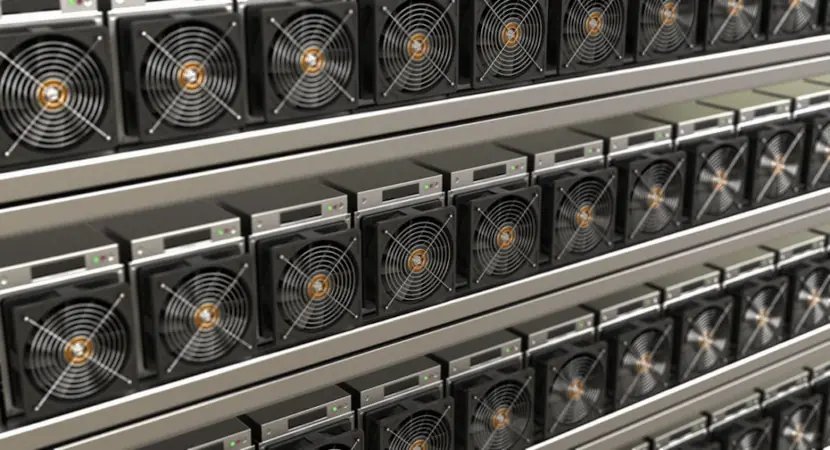
The choice of mining hardware significantly impacts profitability. ASIC miners are generally more efficient than GPU miners for Bitcoin mining. The Bitmain Antminer S19 Pro is one of the most popular ASIC miners due to its high hash rate and energy efficiency. However, it requires a substantial upfront investment.
Mining software is essential for managing the mining hardware and optimizing performance. Popular options include CGMiner, which is suitable for experienced miners, and EasyMiner, which offers a user-friendly interface for beginners. The choice of software depends on the miner’s technical expertise and specific requirements.
Technical Aspects of Cryptocurrency Mining: How Crypto Mining Works
Mining involves collecting pending transactions from the network, organizing them into blocks, and then solving a cryptographic puzzle to add the block to the blockchain. This process requires significant computational power and energy, as miners compete to be the first to solve the puzzle and earn the block reward.
Setting Up Your Mining Operation
Setting up a mining operation involves selecting the right hardware, installing mining software, and configuring the system for optimal performance. It’s essential to ensure proper cooling and ventilation to prevent overheating and maintain efficiency.
Electricity Consumption and Costs
Electricity consumption is a critical factor in mining profitability. High-end mining rigs consume significant amounts of electricity, making it essential to consider the cost of electricity when planning a mining operation. In Australia, electricity prices vary by region, so miners should choose locations with lower rates to maximize profitability.
Cashing Out Crypto Mining Profits
If you’re making money mining crypto in Australia, you can easily cash out using Grineo. The Grineo Card allows you to spend or withdraw stablecoins like cash at any store, site, or ATM that supports Visa, worldwide. You can convert BTC, ETH, USDT, and USDC in the app, and simply tap the card to convert USDT and USDC to cash for a 1% fee instantly.




